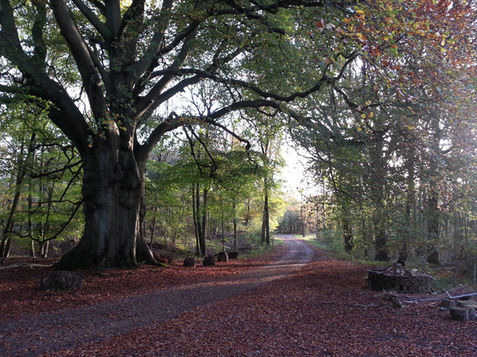Understanding Our Study Sites:
Contrasting Environments & Research Questions
Wytham Woods, United Kingdom

Ecosystem
Temperate deciduous woodland, well-documented ecological research site
Study questions
Understanding how seasonal changes (temperature, humidity, food availability) influence disease transmission in rodent populations
Key Species
Wood mice (Apodemus sylvaticus)
Methods
Co-Investigator Sarah Knowles has led a capture-mark-recapture study since 2013, allowing for in-depth longitudinal data
Photos from the field:

Western Region, Uganda

Ecosystem
Tropical region with varied land use (forests, agricultural fields, human settlements)
Study questions
Investigating how land use change (deforestation, urbanization, farming) affects disease spillover risk
Key Species
Guinea multimammate mouse (Mastomys erythroleucus)
Methods
Co-Investigator Christiana Faust has led a capture-mark-recapture study since 2019
Photos from the field:

What can we learn?
Although there have been theoretical advancements in the understanding of rodent-borne diseases at the species level, there is still much to learn about zoonotic risk through deeper understanding of how viruses behave within populations that are responding to changing environments. Environmental changes — such as shifts in land use or seasonal cycles — are known to influence disease transmission, but we lack detailed studies that show how these forces shape rodent virus communities over time. Namely most existing studies capture only a single point in time and place, limiting our ability to see how viruses spread and evolve.
Our research addresses this gap by studying wild rodents in two established, tractable field sites: Wytham Woods, United Kingdom and the Western region, Uganda. Using these two sites allows us to:
-
Test the strengths and limits of current methods across different environments.
-
Compare how specific viral families behave in systems dominated by seasonality versus by human-driven changes.
-
Track shifts in virus community structure over time, providing a dynamic view of viral transmission processes rather than static snapshots.
By studying rodents in these contrasting environments, we aim to better understand the factors that drive virus transmission in the wild. This work will help improve predictions of zoonotic risk in a world where ecological and climate changes are happening faster than ever before.









